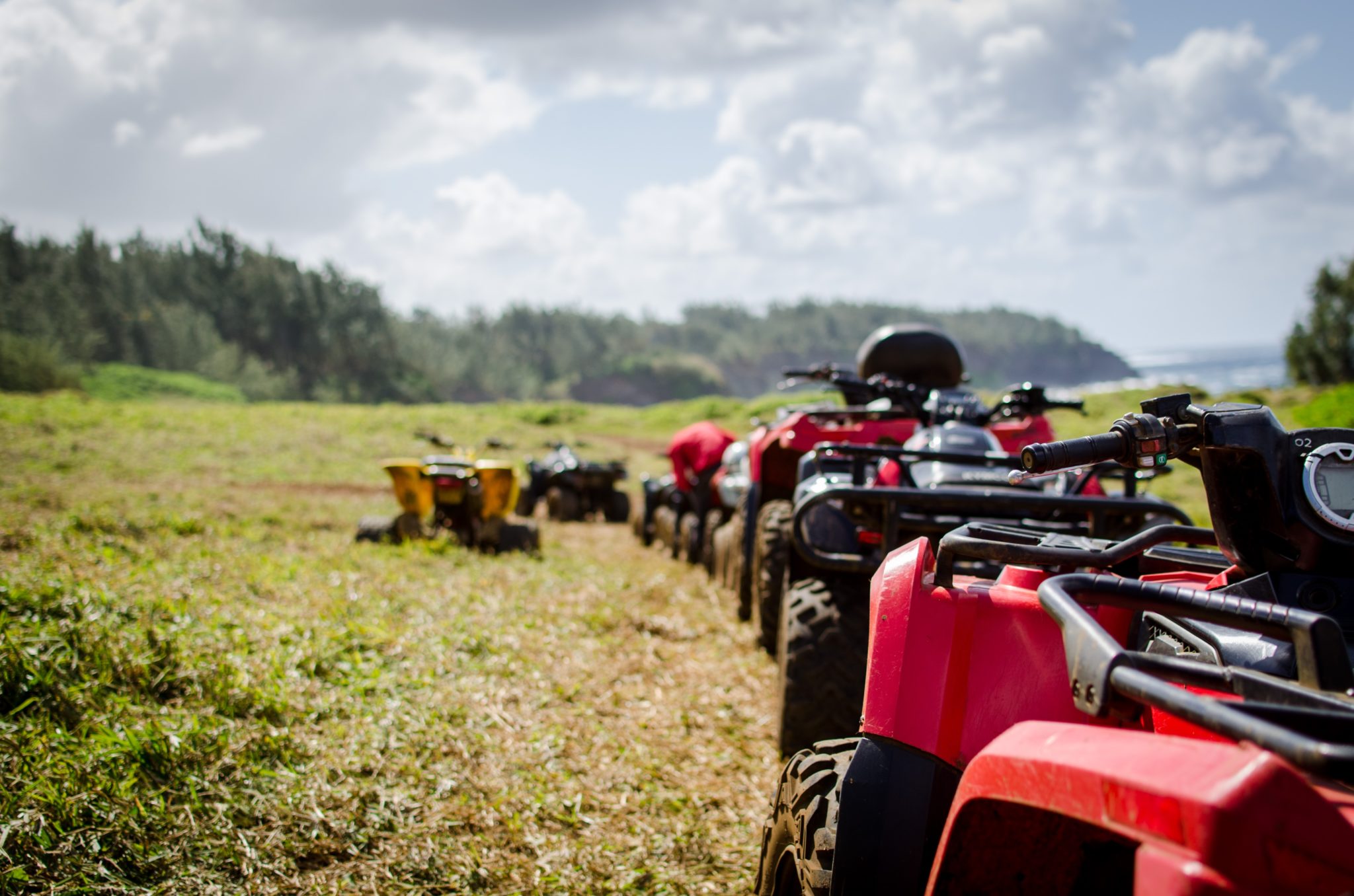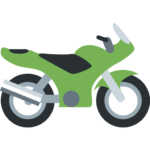Quad bikes, ag bikes and horses – nightmare for employers?
Article sets out the bare minimum course of action to follow when employees are required to use quad bikes, ag bike & horses.
Australia
Employment and HR

We are often asked by clients what precautions they need to take
when employees, contractors or even backpackers are asked to muster
livestock or carry out other routine station activities on quad
bikes, ag bikes or on horseback.
This is not an easy question to answer as there is a myriad of
legislation and decided case law which attempts to clarify what the
employer's obligations are, but which in reality provide some
complex layers of uncertainty in what is a very high risk area of
the employer's business.
The best course of action
In the interest of simplifying the position for our clients, we
have set out below what we believe is the bare minimum course of
action to follow for the use of:
1. Quad bikes
 |
- first and foremost, they should not be operated by anyone who
doesn't have the necessary skill, knowledge and expertise of a
practised farmworker used to riding this type of machine for the
purpose of the activity he or she has been asked to carry out;
- quad bikes should be fitted with rollover protection and a
safety belt;
- a safety approved helmet should always be worn by anyone riding
a quad bike;
- any risk that the person using the quad bike is likely to
encounter should be pointed out by the employer;
- all quad bikes should be equipped with 2 way communication
capabilities;
- never allow a second person to be a passenger on a single seat
quad bike.
|
2. Ag bikes
 |
- anyone using an ag bike should always wear a safety approved
helmet;
- a preliminary assessment should be made of the user's
ability to operate and handle an ag bike;
- when using an ag bike to move livestock or carry out another
routine station activity, the type of terrain that will be
traversed should be clearly explained to the employee / contractor
/ backpacker;
- all ag bikes should be equipped with 2 way communication
capabilities.
|
3. Horses
 |
- riders should be evaluated before they are matched with a horse
suited to their ability;
- horses should be evaluated to ensure that they are of good
health and temperament, and suited to the rider;
- all bridles, belts, saddles, girths and straps must be kept in
good condition;
- riders should wear suitable clothes and footwear as well as a
safety approved riding helmet;
- a briefing should be given to all riders on the type of terrain
that they are likely to encounter during the day and, in
particular, a description of any inherent risks in that
terrain;
- a strict protocol (including agreed hand signals) should be put
in place and enforced if any roads are to be crossed or ridden
on;
- avoid riding in failing light or darkness.
|
The content of this article is intended to provide a general
guide to the subject matter. Specialist advice should be sought
about your specific circumstances.






